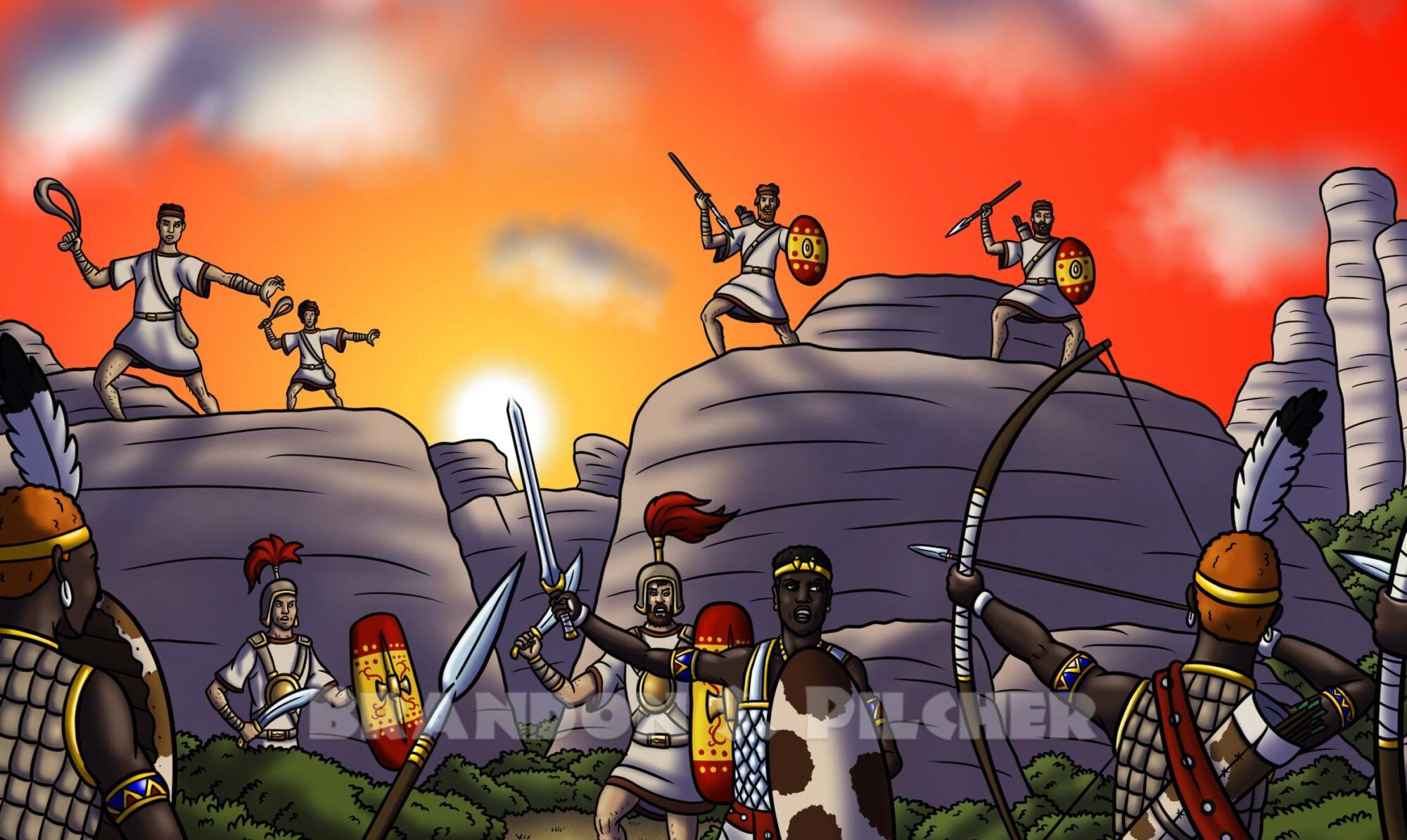
Once you begin a career in the visual arts — whether your chosen path is drawing, painting, sculpting, 3D modeling, or anything else — one of the questions that may be on your mind is, “How can I develop my own art style?”
Mind you, not every artist out there sets out with the goal of developing a unique style for themselves. Some are perfectly comfortable emulating other art styles that they admire. A lot of Japanese animation and comic books, for example, look similar enough in their visual style that we can speak of a distinctive “anime” style with everyone understanding what we mean. For that matter, many artistic traditions around the world and throughout time have artists producing works with shared stylistic traits to the degree that we can recognize which culture produced what artform. We all know what ancient Egyptian art generally looks like, for example, even though their vast corpus of work was produced by generations of different artisans over the course of multiple centuries.
Nonetheless, I believe there is a certain honor to be found in developing an individual style that viewers can recognize as the artist’s own. In democratic societies like ours that place value on personal autonomy and freedom, it’s a commonplace sentiment to want to stand out from the crowd in one way or another, and having your own style is one way of accomplishing that. Furthermore, a recognizable style can go a long way in “building your own brand” if you want to profit from your work, as well as cultivating a loyal following of fans and patrons.
So just how do you get your own art style, anyway?
I cannot speak for all artists who have developed a style, but I can speak for myself. So, what I will tell you is the story of how my own style evolved.
I’ve been drawing since my kindergarten years, but it was in my high school years when I got more serious about it and set out to improve. The way I went about this, in the beginning, was to consult various art instruction books for guidance on drawing techniques as well as references for human and animal anatomy, poses, clothing, and weaponry, among many others. Particularly important was a series of books published by Watson-Guptill, with authors and artists such as Steve Miller and Bryan Baugh, that showed you how to draw subject matter such as dinosaurs and other creatures, martial artists, fantasy characters, and soldiers and military equipment. But I had many others as well, including works by Tom Nguyen, Christopher Hart, and even Marvel giants such as Stan Lee and John Buscema.

A lot of these instructional books had a comic-book theme, in that they said they would teach you how to draw Western-style comics, and the artists whose works were featured in them often had a background in comics, cartooning, or animation. So it is likely that I picked up a certain comic-book aesthetic from these artists. It wasn’t that I set out to draw my own comics specifically, but rather that I learned my way of drawing from comic-book artists.
However, these artists would not have been my only influence. Another would have been the animated movies I grew up watching, such as those produced by Disney and Dreamworks during the 1990s to 2000s. Probably the most important for me was Disney’s Tarzan, which I maintain is the most beautiful hand-drawn animated movie they have ever done, but I think there is a little bit of The Prince of Egypt bleeding into my depictions of ancient Egyptian people and culture as well. If my style seems cartoony to some viewers, those influences from Western animation are probably why.
As much as I may have been influenced by the media I consumed in my youth, I believe that, for the most part, my personal art style was something I developed not immediately but over time as I kept drawing. By far the most crucial ingredients in my artistic growth over the years have been regular practice, studying from life and references, and taking into account constructive feedback I have received from others. Without those, I would have never gotten to the level I am at today. The style I currently draw in is the result of an arduous journey that has lasted over thirteen years as of this writing.
I would advise any beginning artists to take the same route that I did if they want to develop their own style. Keep practicing your craft, with the aid of accurate references and feedback, and your style will develop on its own. In the beginning, your approach will be influenced by the media you take in, as happens to all artists. But, over time, the style of your work will become its own thing which you can call your own. Styles are not invented, they are grown.

